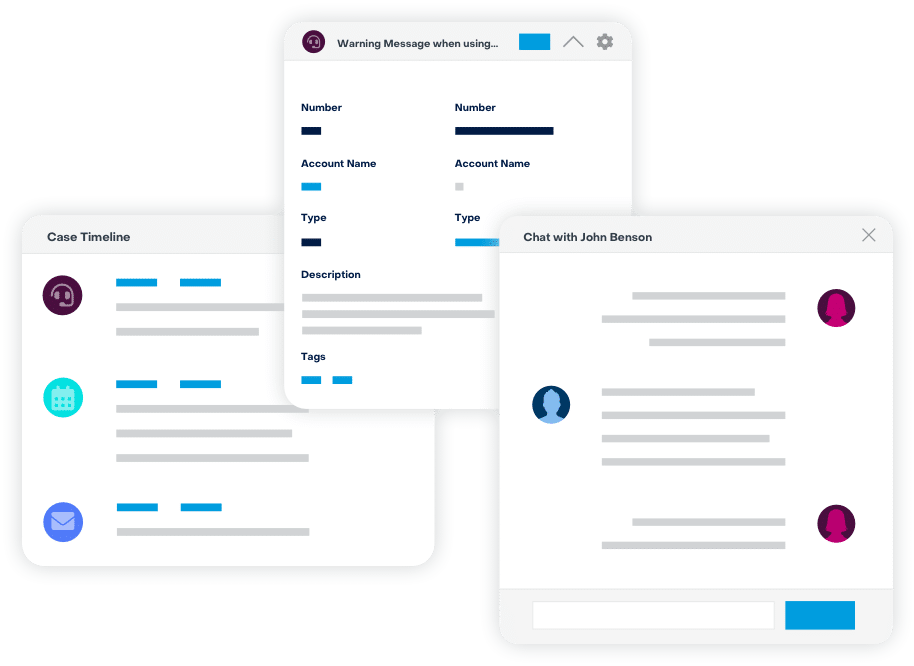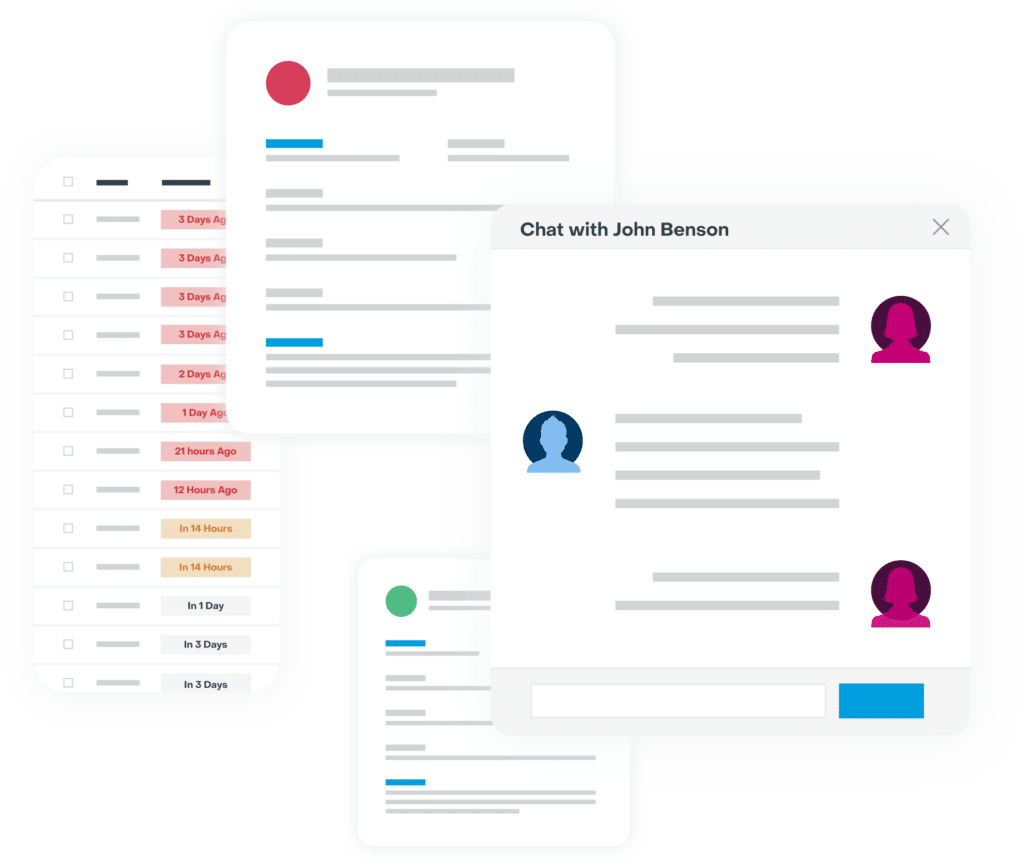How to Prep Your Business For Self-Service Buying
Here’s the thing: customers today are flooded with ads, suggestions, emails, and other promotional materials like there’s no tomorrow in making a purchase decision. And we’re not saying this isn’t important in ensuring you have a well-prepped and primed audience base. It clearly is. But, it’s equally important to provide ways to self-service buying, especially in the initial phases of the buying process.
B2B customers are not different from B2C consumers in the early stages of their buying journey. Both like to research and learn about products on their own. This research from TrustRadius found that 77% of buyers today prefer doing their own research once they identify a need.
So, how can organizations ensure they get targeted by potential customers in this phase of the buying process? We have some insights to share.
How’s Your Ranking?
No matter how good your products or services are, search engine ranking is still king in self-service buying. We mentioned in the beginning how 77% of buyers today hop on their computers and start a new search query with every new need they identify. This is the starting point of self-service buying journeys. So, you need to ensure that you use the right tools to help you increase your search engine ranking.
Search engine optimization strategies are the first you should look into in the process. Find a tool that fits your needs and first conduct keyword research. See which keywords rank the best for your industry or niche and create high quality content that seamlessly and naturally integrates those keywords. The more content you deliver and the more varied it is, the higher your chances to rank higher in search engine results. Pay attention to SERP features as well. See which videos are the first to show up in search queries, and pay attention to People Also Ask boxes and featured images as well. With a solid mix of all the above, you will generate more organic traffic to your website, meaning more potential buyers who are self-service enthusiasts will land on your website.
Got Reviews?
When researching new solutions to their problems or struggles, buyers prefer to conduct research on impartial websites. Thus, reviews are a powerful tool that can influence consumer behavior and shift buying decisions. Fortunately, all businesses are subjected to buyer reviews through Google Reviews or social media, for example. The more positive reviews, the more likely your business is to be selected from the sometimes intimidating number of companies available that deliver the same product or service as you.
But here’s the trick. To ensure your product or service receives stellar reviews, you need to deliver seamless experiences to your customers. Start off with website optimization for both desktop and mobile. Ensure that information is easily accessible, and your levels of UX are optimal.
Customer experience is also critical. Whether we’re talking about a seamless experience in buying, order tracking, or support, everything will be subjected to the critical eye of your buyers. So, first and foremost, ensure you’re performing extraordinarily in those departments.
Infuse Generative AI Into Your Recommender Tools
Recommender tools have been available to vendors for a while already. However, with the emergence of generative AI models, these are becoming powerful tools to take product recommendations up a notch and match buyer preferences even closer. With a set of advanced machine learning algorithms, such engines can analyze vast data points from previous interactions and generate new ones that are highly accurate and reliable.
But, to make the most of such technologies, you need to ensure that you collect and analyze the right sets of data:
- Purchase history. Make sure to collect and analyze past purchases that your customers make. When researching new products, these are very likely to return to vendors they already have interacted with in the past. For example, if you are active in finance and a customer already has a credit card with your organization, you could suggest auxiliary services that go along with it the next time they visit your website.
- Browsing patterns. Learning how customers interact with your e-commerce website or app can offer you a look into their interests and preferences, making it easier to tailor adequate marketing campaigns and product recommendations.
- Customer preferences. Sometimes, in past interactions, customers may voluntarily provide information on their preferences. This information can be leveraged through generative AI, and you can make more accurate recommendations in future interactions.

The Right Way to Use Conversational ChatBots
Conversational chatbots are great tools you can leverage to ensure that from the first conversation until the purchase is made, the buyer’s journey runs smoothly. When researching products or services that fit their needs, prospects want to be able to dive deeper into solutions 24/7. Around-the-clock availability is a huge plus that can give your business a significant advantage in the face of your competitors. Customers today want fast and easy access to support, no matter the time of the day or how busy your support reps are.
Here are some ways in which conversational chatbots can help both you and your customers.
- Faster resolution times to support inquiries
- Increased customer satisfaction rates
- Engaging and personalized interactions and experiences for your customers
- Data collection that allows you to gain a deeper understanding of your prospects
Apart from being able to solve your customer’s issues around the clock, such technologies also enable you to gather valuable insights through survey questions, customer satisfaction surveys, and reviews embedded in your chatbot conversations.
Cross-Organizational Integrated Tools
Especially in B2B transactions, tailoring seamless experiences across the buyer journey is essential. Integrating tools that cross the barriers between departments can significantly improve customer experience along the buyer journey. While in the past, there was a significant segregation between marketing and sales, having aligned strategies and intertwined tools is a necessity. B2B customer journeys can have as many as 10 marketing and sales touchpoints. Ensuring consistency and interoperability between departments in B2B scenarios can make the difference between a loss and a win. With that in mind, having Sales and Marketing tools that integrate perfectly with your core CRM can offer prospects frictionless experiences. More than this, it helps you ensure that your MQLs are prepped enough to be passed down to Sales and that Sales receives all the relevant information at their fingertips from Marketing.

Leverage Electronic Signatures for Convenience
In B2B, payments are a lot more complex than in B2C scenarios. B2B payments must be bound legally through a contract. In this scenario, electronic signatures facilitate the process and make it more straightforward for all parties involved.
“There are a lot of contracts that need to be signed, especially in B2B. And electronic signatures took prominence during the height of the COVID-19 pandemic. Now I can go online, review the contracts, and sign the documents. They don’t have to be mailed around or faxed like they used to be. It makes a big difference because it saves a lot of time.”
— Volker Hildebrand, Senior Vice President of Product Marketing, SugarCRM
Real-Time Order Tracking
Last but not least, a complete self-service buying experience is defined by the customer’s ability to keep track of their orders online. All benefits and perks offered by the previous steps in the process are null if a customer needs to get in touch via email or phone with your company to find out the status of their order. Such tracking tools must include all the information required for a customer to know where the package is in transit when it will be delivered, and, ideally, to select their preferred delivery method.
“The reliability of that information is absolutely critical. Providing visibility into inventory, or even into the supply chain, is very important in certain industries. Many B2B sellers have a mix of direct and indirect channels but lack unified visibility for this mix of sales operations. A unified platform for sales, marketing, and service makes more data readily available to sales for better, faster decisions key to revenue growth. Organizations trying to drive their go-to-market strategies by looking in the rear-view mirror of customer insights will quickly find themselves outmatched by competitors with forward-looking sales strategies.”
— Volker Hildebrand, Senior Vice President of Product Marketing, SugarCRM

It’s a Wrap!
Consumers today, whether we’re discussing B2C or B2B scenarios, prefer having increased autonomy, especially in the incipient phases of their buyer journey. Ensuring you provide the necessary space for self-service buying processes to take place seamlessly is a way to ensure you build a future-proof organization and brand reputation.
Interested in learning how a CRM can help you facilitate the process? Read our 2024 State of CRM Report for more insights!



